Expanko Recycled Rubber Cork Flooring
My first memories of cork come from my aunt’s 1980’s basement, when brown shag carpet and cork or wood paneled walls were in style. There was something about medium brown in that era that really took a toll on the reputation of cork as a viable interior finish. Cork also popped up on my radar, quite literally, as it shot from champagne bottles and wine bottles post my 21st birthday. It seems rubber is taking the place of cork bottle stoppers, as cork is mythically becoming endangered.
Recycled Rubber Cork Flooring. Designed by Expanko.
It turns out cork is a renewable resource that has been harvested back to 3000 BC, in a way that does not damage the trees. Mostly produced in Mediterranean regions, cork owning countries protect cork forests and sponsor reforestation programs. Cork is naturally resistant to attacks from pests, and can be grown without the use of pesticides.
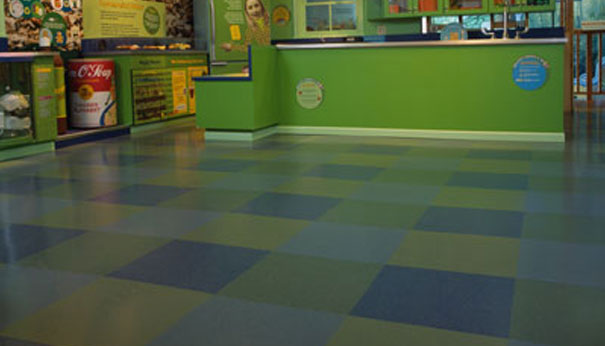
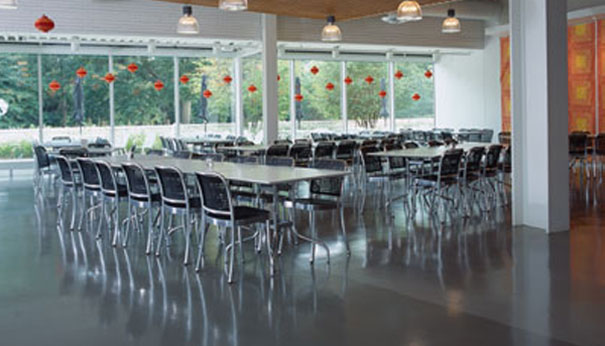
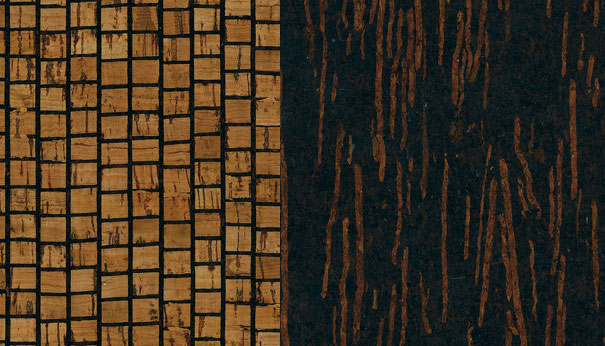
Resilient flooring that responds to environmental concerns is typically limited to linoleum, cork and rubber flooring. Cork flooring is the warmest of the options, and although not as durable as rubber, it is more durable than linoleum. Expanko produces many traditional cork flooring products that are cleaner and more modern looking than big hair era cork. They also have a line of recycled rubber and cork flooring for commercial applications called XCR4, which takes scrap rubber and cork and combines them into a material that is reminiscent of VCT (vinyl composite tile), without the environmental downsides. The color palette ranges from earth tones, to jewel tones, to bright colors, that are useful for a wide variety of commercial products. The combination of rubber and cork results in a very durable product that has a natural warmth that is missing in many resilient flooring products.
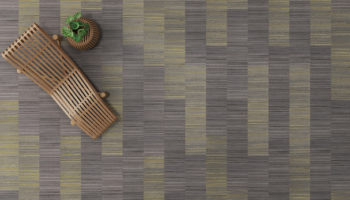
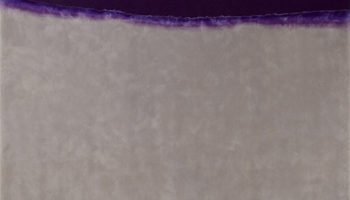


Leave a Reply